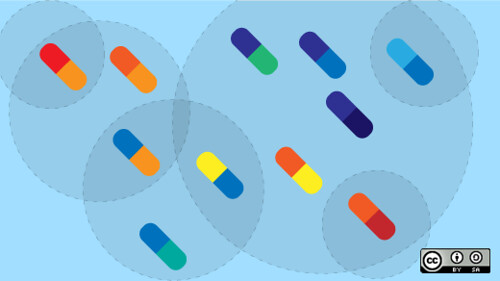The Fair Work Commission has again this week confirmed that employers may validly sack employees for injudicious use of social media use – whether at work or not. The message to employees is clear: you need to think carefully before making comments on social media relating to your employment.
Cameron Little had been employed with Credit Corp Group Ltd (Credit Corp) for over three years when he chose to use his Facebook account to criticise an organisation, Christians Against Poverty (CAP), with which his employer had professional dealings. Mr Little did not identify himself on Facebook as an employee of Credit Corp; rather he held himself out as a 'Dinosaur Wrangler' working for 'Jurassic Park'.
Credit Corp's business involved the collection of consumer debt that had been written off by the original lender. CAP was a third party organisation which assisted its clients with their debt obligations (and dealt with Credit Corp in this context).
On 27 June 2013, while on annual leave, Mr Little posted on the CAP Facebook page:
For reals bro, you should put a little more of funding into educating consumers on how the world works rather than just weaselling them out of debt, blah blah blah, give a man a fish/teach a man to fish.He also posted:
No thanks, just take my advice and try to educate people about things like 'interest' and 'liability' rather than just weasel them out of contracts. #simpleCAP was able to identify Mr Little as an employee of Credit Corp. Despite Mr Little's listed occupation, he had, some six days previously, posted the following on Facebook:
On behalf of all the staff at The Credit Corp Group I would like to welcome our newest victim of butt rape, Jack Hoye. I'm looking Forward to sexually harassing you behind the stationary cupboard big boy.Not surprisingly, CAP alerted the business as to the circumstances, and Mr Little's employment was terminated shortly afterwards. Mr Little subsequently lodged an unfair dismissal application. In defending himself, Mr Little stated (amongst other things) that he thought his Facebook page was private. He conceded, however, that other employees of Credit Corp were among his Facebook friends.
In finding that the dismissal was not unfair, Deputy President Peter Sams noted that Credit Corp had policies dealing with and prohibiting the kind of conduct engaged in by Mr Little. He indicated, however, that it would not have mattered if the situation was otherwise. He stated that written polices were hardly necessary for an employee like Mr Little to recognise that his comments about CAP were likely to damage his employer's reputation, and that the 'deeply offensive' sexual comments made about the new employee were 'grossly offensive and disgusting'.
Deputy President Sams also found that the fact that Mr Little made the Facebook comments in his own time was of no consequence, as it was not when the comments were made that was important, but the effect and impact of those comments on the employer and on other employees. He stated that, whilst Mr Little was perfectly entitled to hold and express personal views, he could not do so in a manner which adversely affected his employer's reputation and viability.
Finally, Deputy President Sams stated that he had trouble accepting that Mr Little believed his Facebook page was private. In any event, he said, the maintenance of the page's privacy settings were Mr Little's responsibility. This follows from the clear warning delivered by a Full Bench of the Fair Work Commission in last year's Linfox case when rejecting an appeal against a finding that a dismissal for certain offensive Facebook comments was unfair. In that case, the Full Bench stated:
It is apparent ... that the findings of the Commissioner as to the Applicant’s understanding about the use of Facebook were an important part of the circumstances taken into account in concluding that the dismissal was unfair. It is also apparent that, with increased use and understanding about Facebook in the community and the adoption by more employers of social networking policies, some of these factors may be given less weight in future cases.
This case is one more in a growing body of case law developed by the Fair Work Commission relating to the discipline of employees in relation to their use of social media. It is now beyond doubt that discipline may be appropriate where comments made online are sufficiently injurious to an employer. Of course, it would be better if such comments are not made at all. To minimise this risk so far as possible, an employer should have in place a good social media policy, and ensure that its staff are properly trained. Should anything untoward then occur, the employer will be well placed to appropriately deal with the situation.


